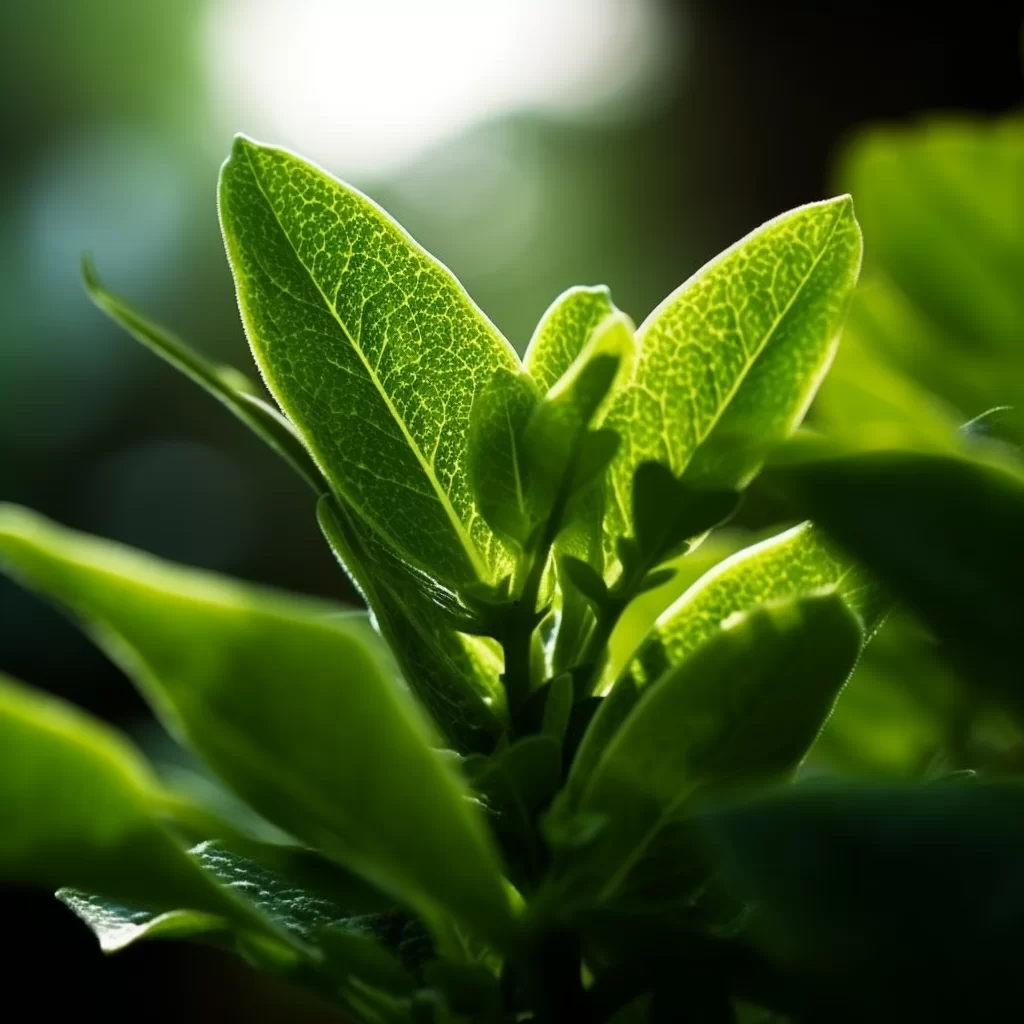Story of Day :
Contents
Amyris Plant: Complete Guide and Care Tips
If you’re looking for a low-maintenance plant that can add some tropical flair to your garden, the amyris plant might be just what you need.
This shrub is native to the Caribbean and Central America, but it can thrive in many different climates.
In this guide, we’ll cover everything you need to know about growing and caring for an amyris plant.
What is an Amyris Plant?
Amyris, also known as “Torchwood” or “Candlewood,” is a genus of flowering trees and shrubs in the citrus family.
The most common species grown as a landscape plant is Amyris elemifera, which can reach up to 25 feet tall but usually grows between 8-12 feet.The amyris plant has glossy green leaves that are pinnate with 5-9 leaflets per stem.
It produces small white or yellow flowers that bloom in spring or summer, followed by clusters of black fruit resembling berries. One notable feature of the amyris tree is its fragrant resinous wood – hence why it’s called “Candlewood”.
One notable feature of the amyris tree is its fragrant resinous wood – hence why it’s called “Candlewood”.
The oil derived from these resins are used for perfumery purposes around the world.
Where to Plant an Amyris
Amyris plants are hardy USDA hardiness zones 9a through 11b and prefer full sun although they will grow well under partial shade.
They require well-draining soils with plenty of organic matter such as composts; they do not tolerate waterlogged conditions so ensure there’s adequate drainage before planting.
If planting more than one, space them at least four feet apart because this shrub has a spreading habit which ensures enough room for growth without crowding each other.
Caring for Your Amyris Plant
 Like many subtropical and tropical plants, the amyris plant is low-maintenance but still requires some basic care to keep it healthy.
Like many subtropical and tropical plants, the amyris plant is low-maintenance but still requires some basic care to keep it healthy.
Here are some tips on how to care for your Torchwood:
Watering
Amyris plants are drought-tolerant and do not require frequent watering.
However, they need consistent moisture during their growing season in spring and summer.
During drier periods, water deeply once or twice a week rather than shallowly every day.
Fertilizer
While amyris plants do not have high nutrient needs, it’s always good practice to nourish them with quality fertilizers that contain nitrogen, phosphorus, and potassium at least twice a year: once in early spring before new growth appears and again after the first flush of blooms.
Pruning
Prune amyris trees sparingly because excessive pruning can damage the plant’s structure or reduce its vigor.
Remove any dead or damaged branches as they appear throughout the year; this will ensure healthy growth between each season while improving air circulation within the shrub.
Pests and Diseases
Although Amyris is generally pest-free when grown under favorable conditions, there are a few potential threats to watch out for:
- Scales: These small insects attach themselves to leaves’ undersides where they feed on sap leading to leaf yellowing.
- Fungus: Powdery mildew can be an issue if there is poor air circulation around your plant so ensure you’re planting them at least four feet apart from each other.
- Caterpillars: They tend to eat away at tender shoots leaving large holes in foliage; these can be removed manually before turning into moths which will spread larvae all over your garden – Gross!
Conclusion
 Amyris plant is an excellent choice for gardeners who want to add a touch of the tropics to their landscape.
Amyris plant is an excellent choice for gardeners who want to add a touch of the tropics to their landscape.
This low-maintenance shrub is perfect for beginners and experienced horticulturists alike, requiring only minimal care to thrive.
Remember, planting in well-draining soil with adequate drainage is crucial if you want your amyris plant to flourish.
By following the tips outlined above, you can enjoy a healthy and vibrant amyris tree in your garden year-round!